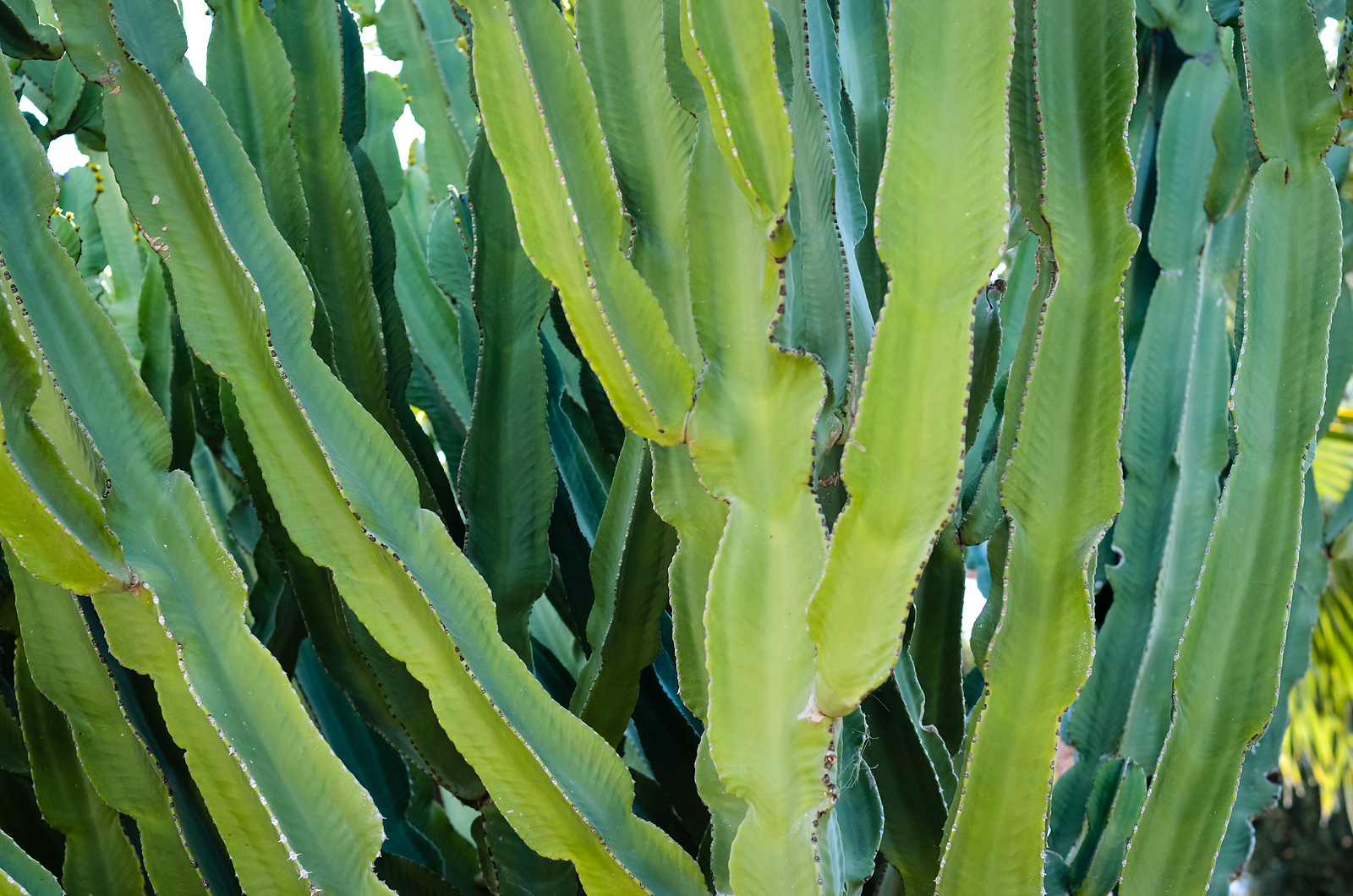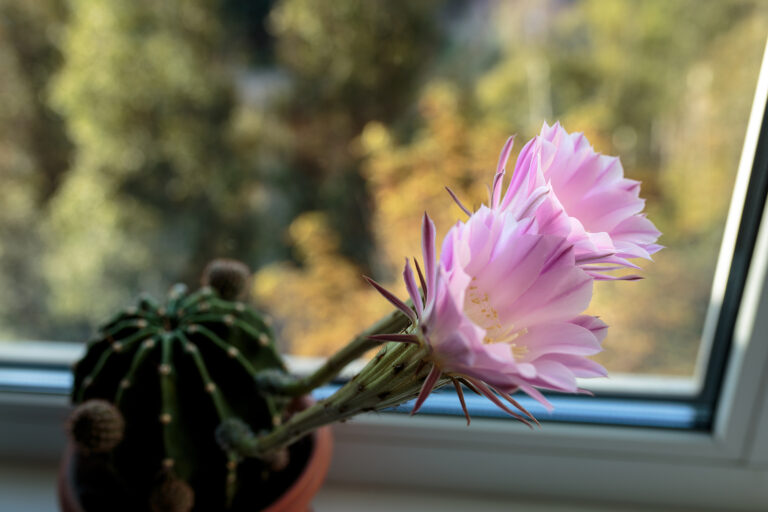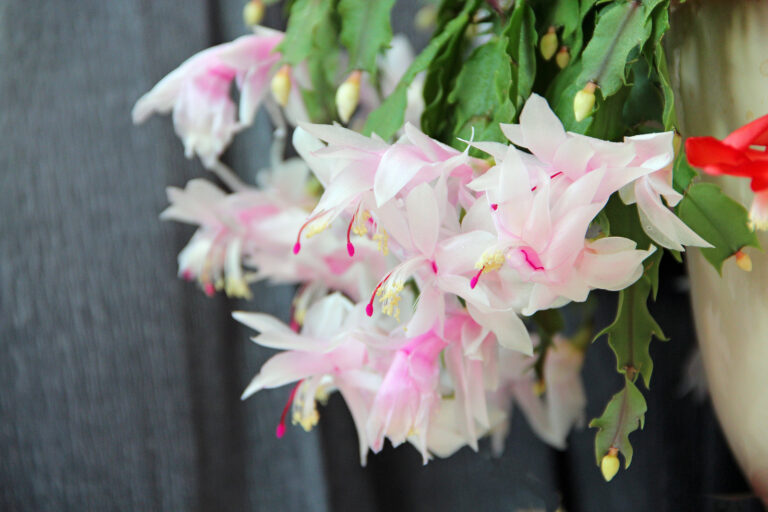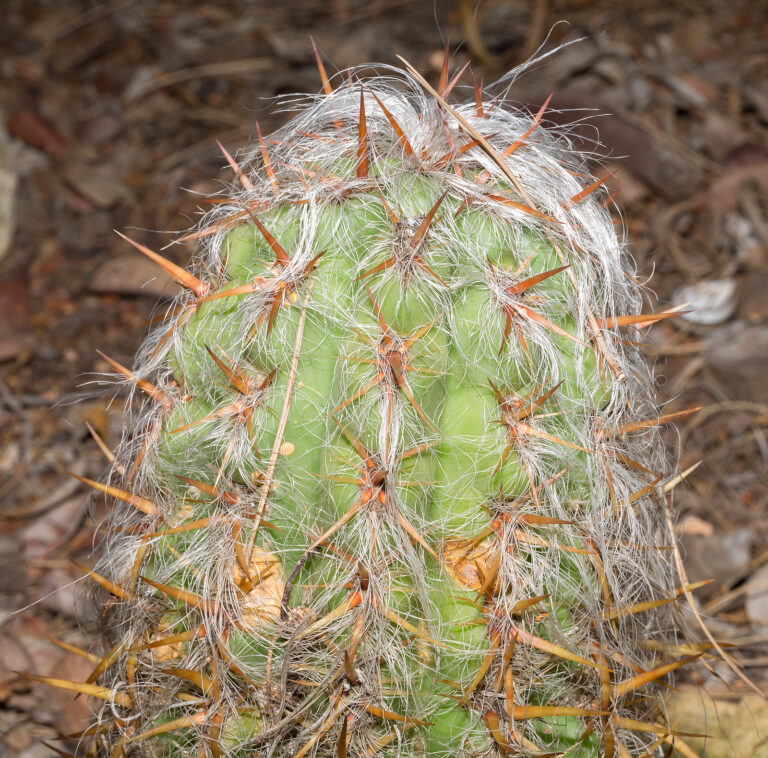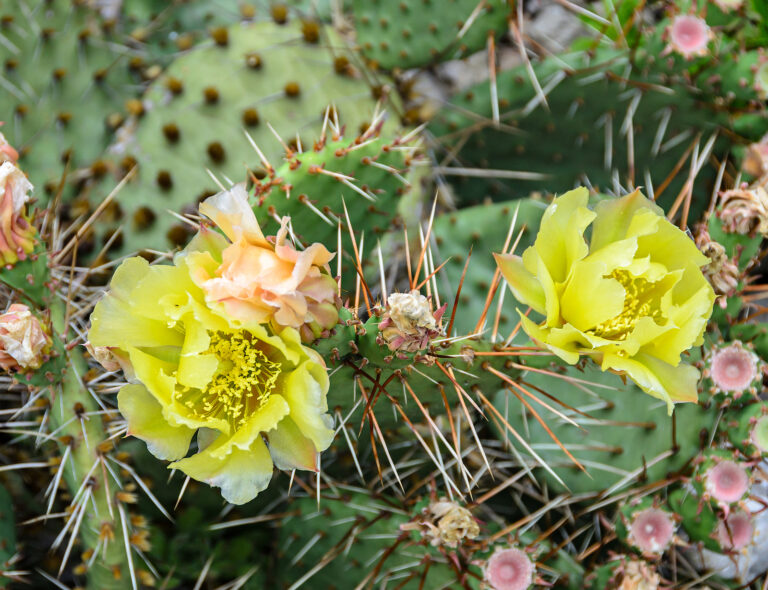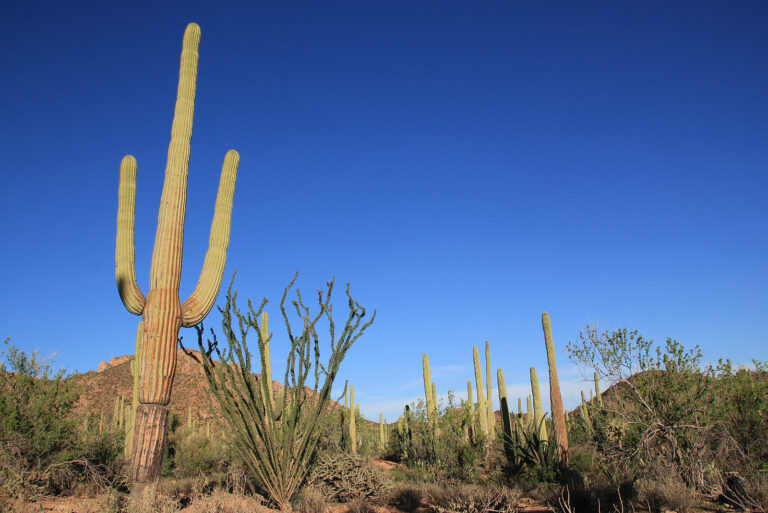How to Grow Cereus – Apple Cactus
Cereus is a tall, columnar cactus that sometimes forms candelabra arms. Its nocturnal white flowers illuminate its top as if in flames. Cereus belongs to the Cereanae group of cactus; Cereanae comes from the Greek word for “wax candle”; Cereus resembles a flaming wax candle.
Cereus species are easy to grow. They are strong, vigorous plants. When young they grow into straight columns. Outdoors, Cereus can grow to 30 feet or more. Indoors they will grow as miniatures if left in pots for years,
Cereus are relatively easy to grow from seed. They are much hybridized and are often used as grafting stock.
Get to know Cereus
- Plant type: Cereeae, Candelabra cactus
- Hardiness temperature: 30℉ (-1.1℃); will outdoors in winter in Mediterranean climates; optimal temperatures: day, 70°F (21°C); night, 60° to 70°F (16° to 21°C).
- Shape and size: Can reach 30 feet outdoors; often miniature if left in pots for years; some form a candelabra-shaped crown; others branch at the base
- Flowers: Flowers open at night
- Bloom time: Summer to autumn
- Common name: Apple cactus, Peruvian apple cactus, Peruvian torch
- Genus name: Cereus
- Family name: Cactaceae
- Origin: South America
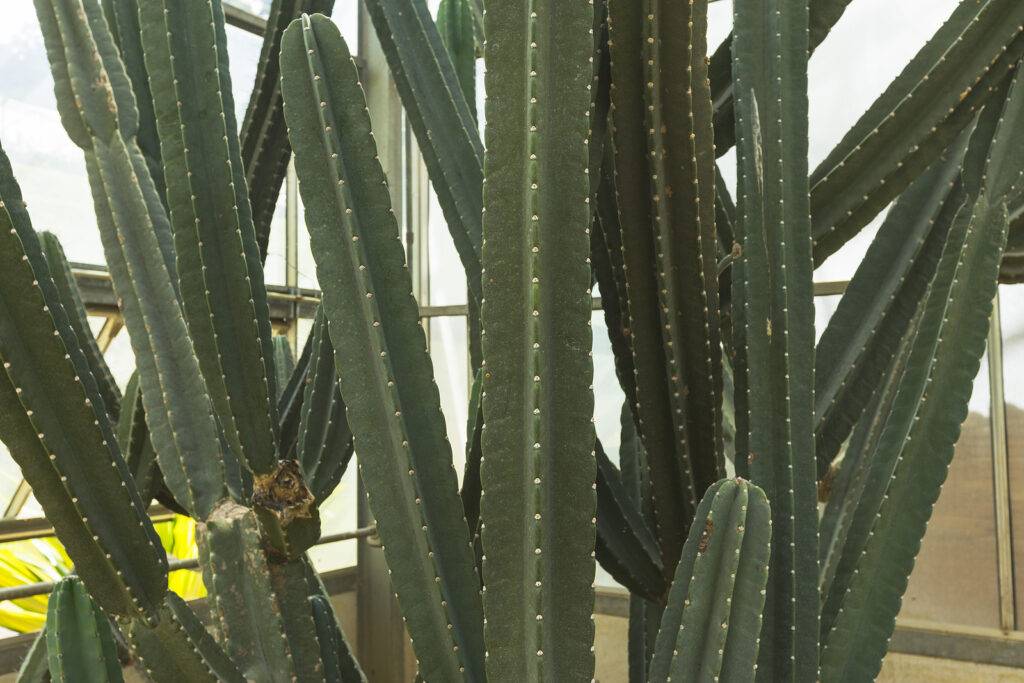
Planting Cereus
- Cereus can be planted outdoors in the garden or in a pot where winter temperatures do not fall below 30℉ (-1.1℃); a Mediterranean environment is best.
- Cereus can be grown indoors in a sunny window or in a greenhouse with bright light. Cereus requires more light indoors than other houseplants. Sunny, warm location during the summer; must be kept dry in winter.
- Indoors: Bright, filtered light from southern, southeastern, or eastern exposure. Fresh air circulation is important.
- Soil: Porous soil, containg loam and humus. Indoors use a cactus/succulent mix.
- Cereus can be planted outdoors in the garden or in a pot where winter temperatures do not fall below 30℉ (-1.1℃); a Mediterranean environment is best.
How to water and feed Cereus
- Water: Regular light to moderate water. Let soil dry between thorough watering, overwatering causes plant to rot. Humidity, 30% to 35%.
- Feeding: Once a year, in spring, with bone meal.
Cereus care
- Pot-on Cereus into slightly larger pot, when plant crowds container.
- Large species are susceptible to attack by aphids, mealybugs, spider mites, scale. Also be alert for fungus disease.
- Winter care: Plant rests from fall to early spring. Place in cool, bright location where plant receives 5 hours of sunlight daily. Water just enough to keep plant from shriveling.
- Propagate by seed or stem cuttings; roots easily.
Cereus species to grow
- Cereus hildmannianus. Tall, columnar, treelike cactus can reach 20 feet tall. Large white flowers, 8-9 inches long. Native to Brazil.
- C. jamacaru. Can grow to 33 feet (10m) tall.; has a short trunk and a branched crown; blue-green with notched ribs. Needle-shaped yellowish spines (often 10—15 growing from each areole) and bluish green stems; bears nocturnal pure white flowers to 12 inches (30 cm).
- C. peruvianus (Peruvian apple; Peruvian torch). Most common of all Cereus. This species can be either shrubby (to 10 feet) or reach tree size. Its branches are bluish green with brown or black needle-shaped spines. Nocturnal 7-inch white flowers appear in late spring and are lightly fragrant; flowers have a trace of brownish green.
- C. p. ‘longispinus’ (apple cactus). Beautiful, nocturnal fowers are white around pale yellow stamens; rose pink tinges the outer guard petals. At maturity, apple cactus has a stout central 6-inch shaft with such deeply indented ribs that it appears square. In summer, flower buds appear on plants that are at least 10 years old. Each bloom lasts only one night but new flowers continue to open from mid- to late summer. Cuttings will root if thoroughly dried and set in a box of sand.
- C.p ‘monstrosus’ (curiosity plant). Smaller, slower growing species. Has about a dozen ribs, irregularly broken and shaped like crest or knobs. Good choice for potting and display indoors.

